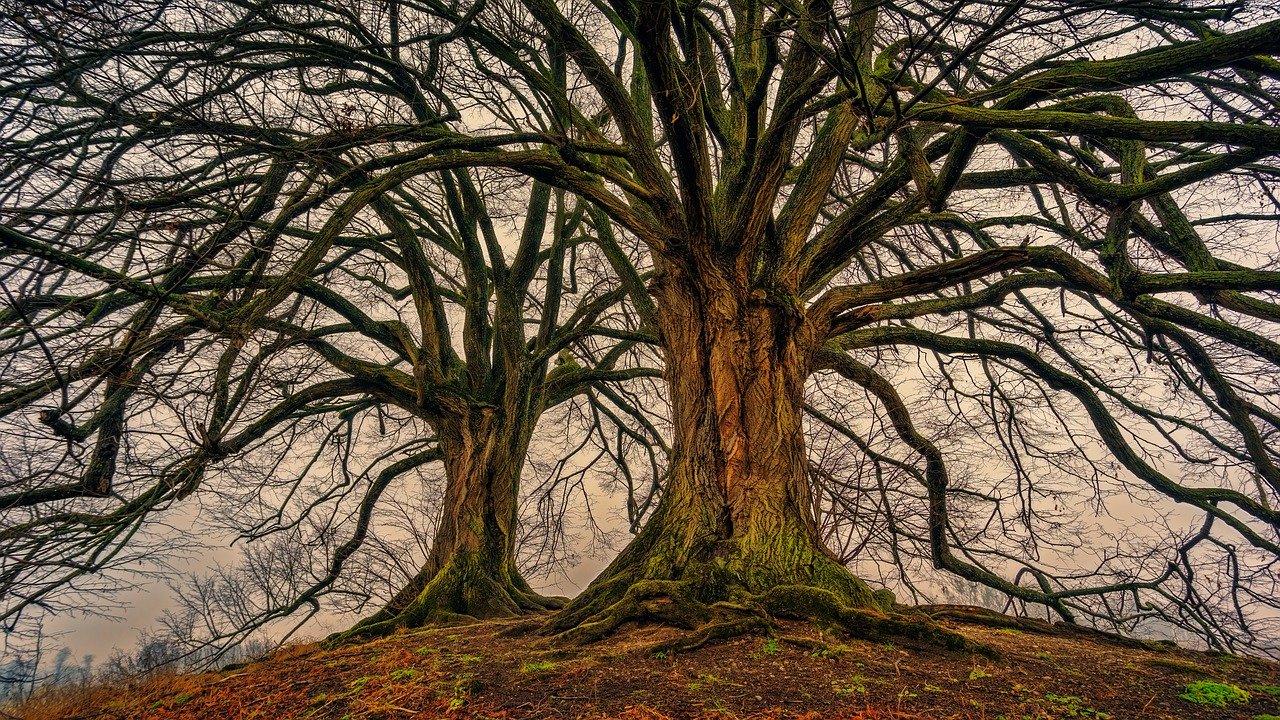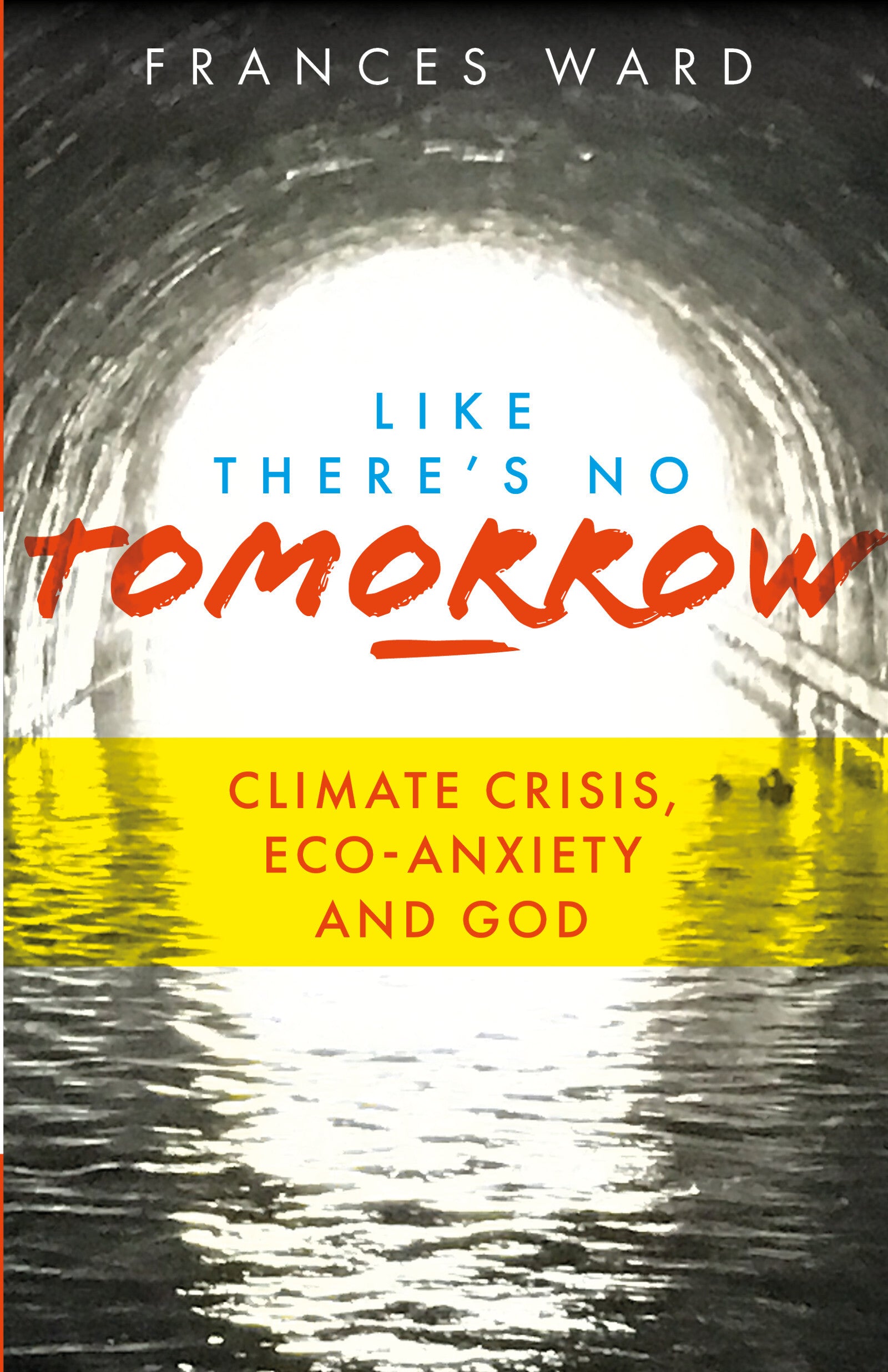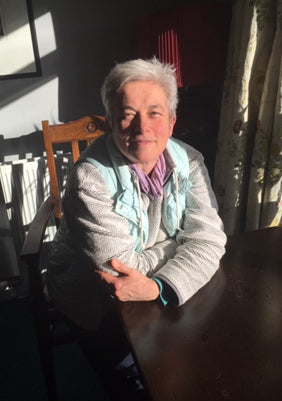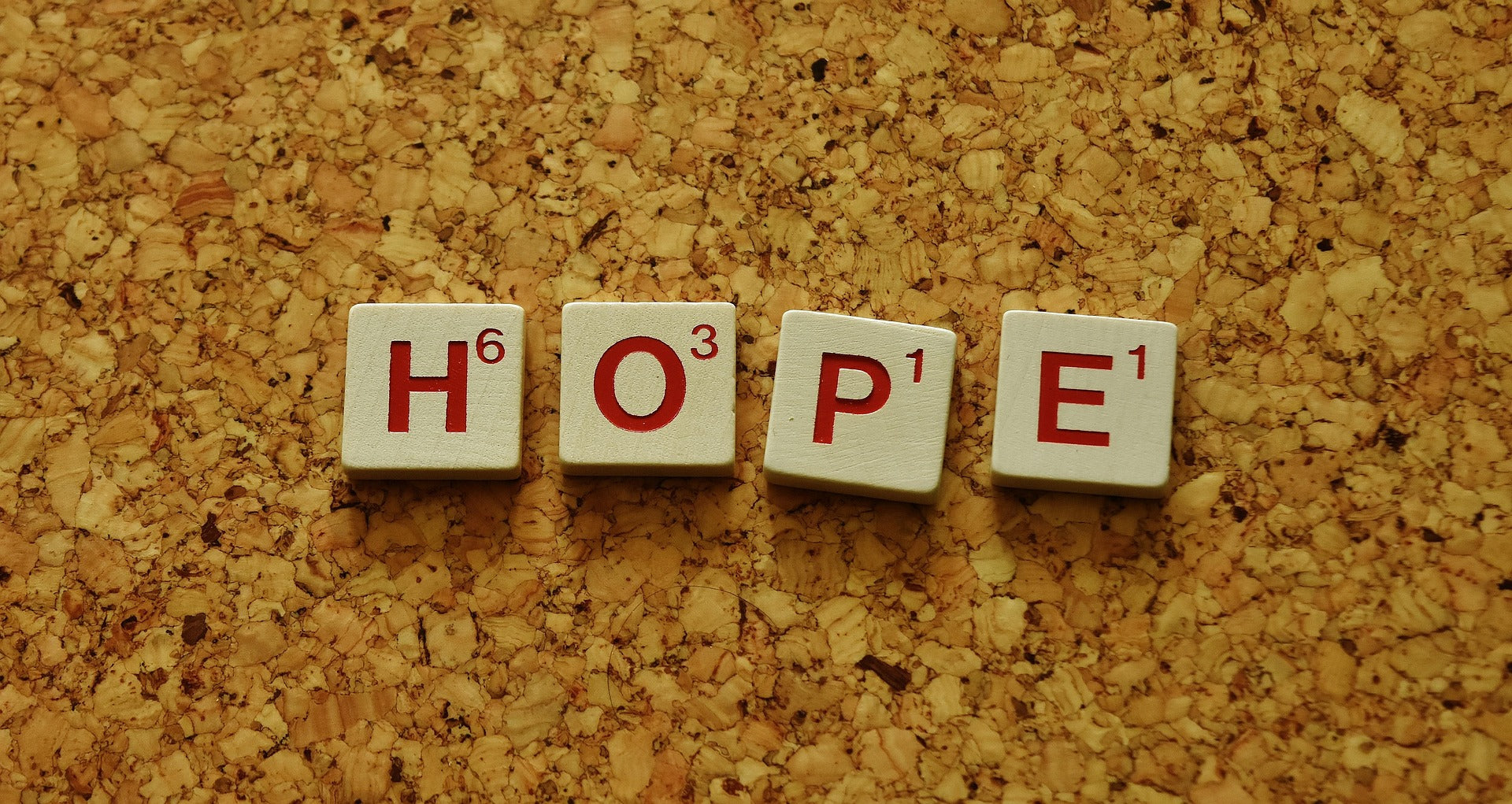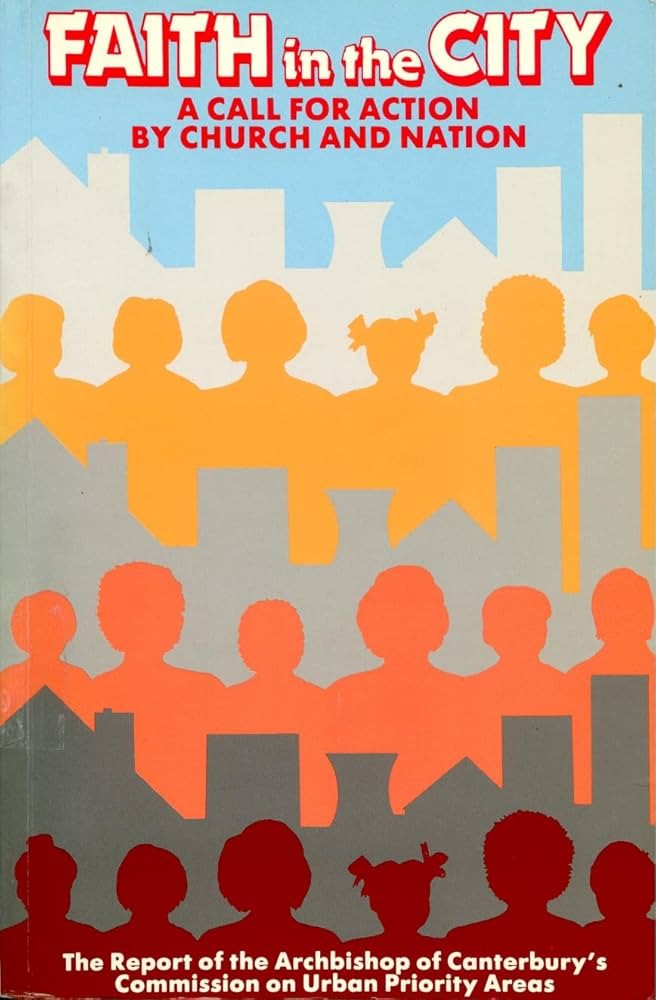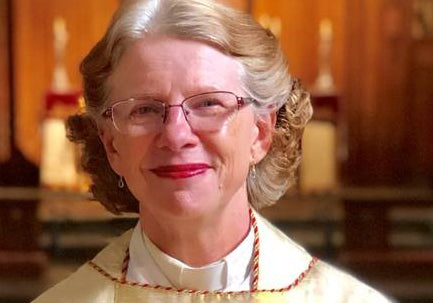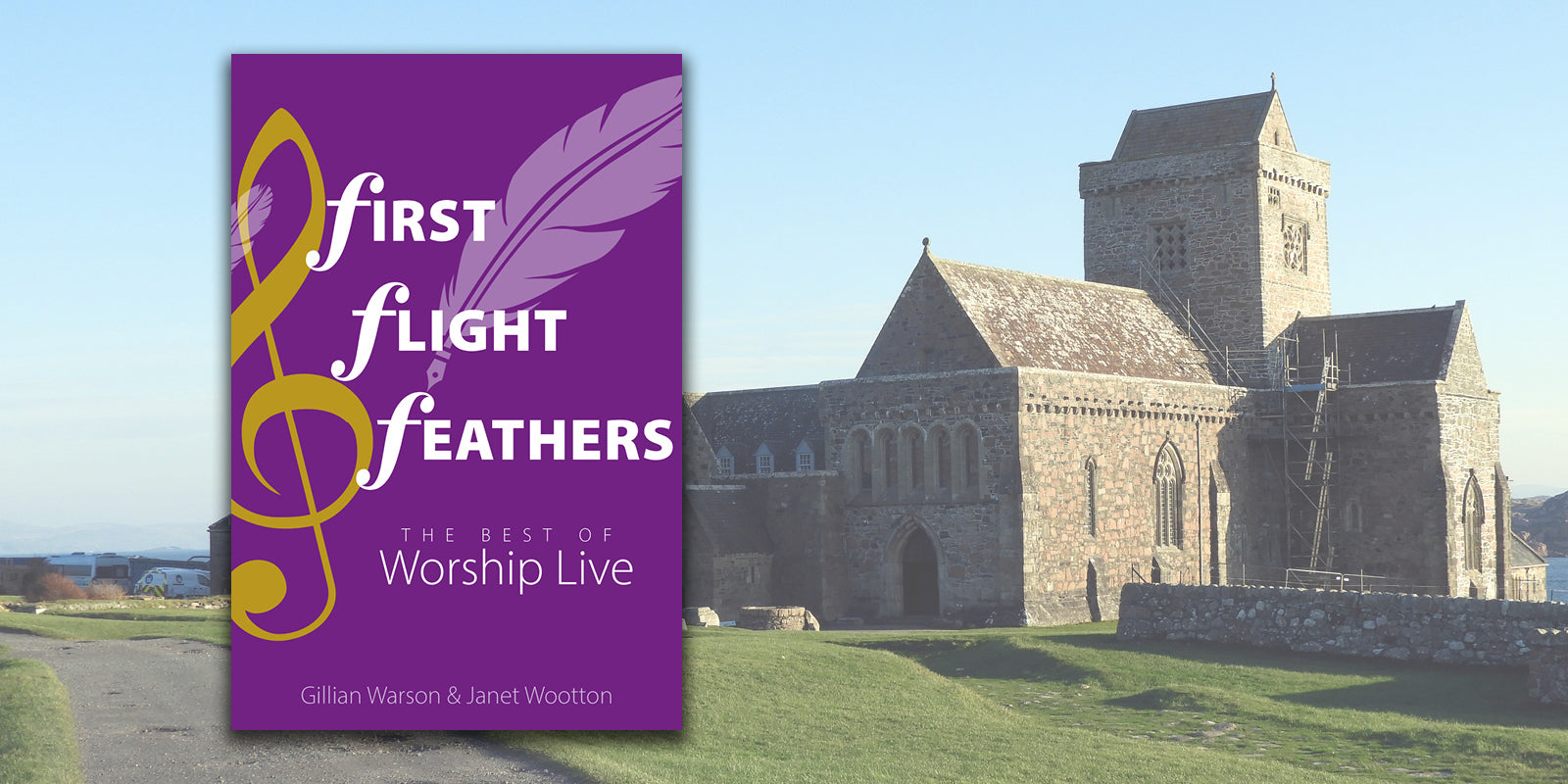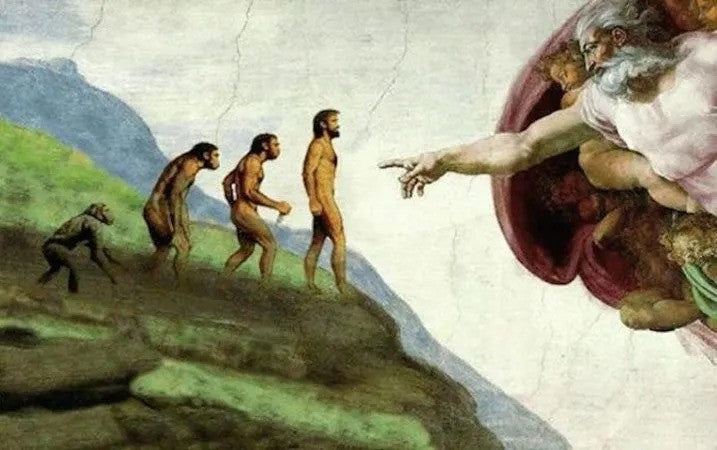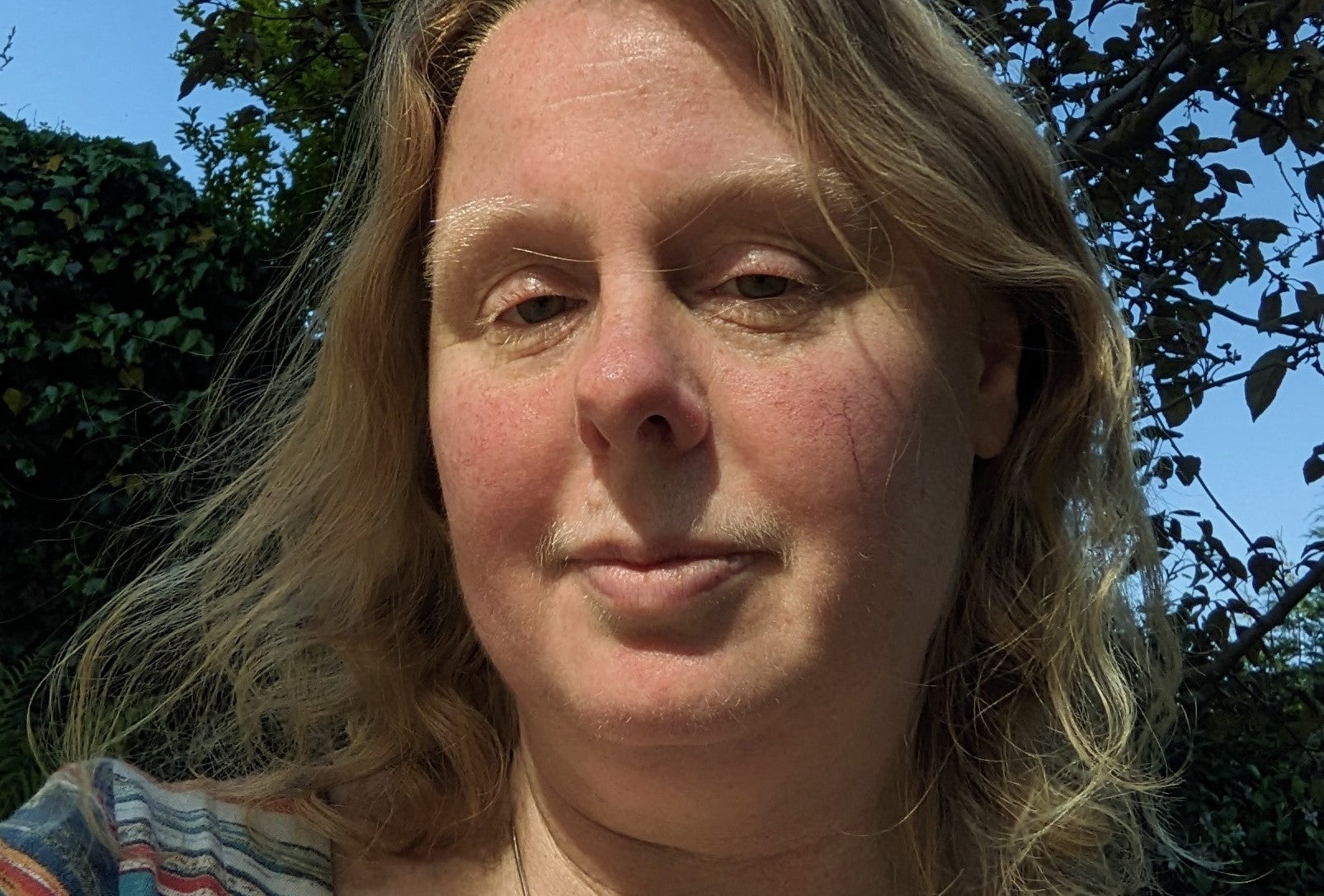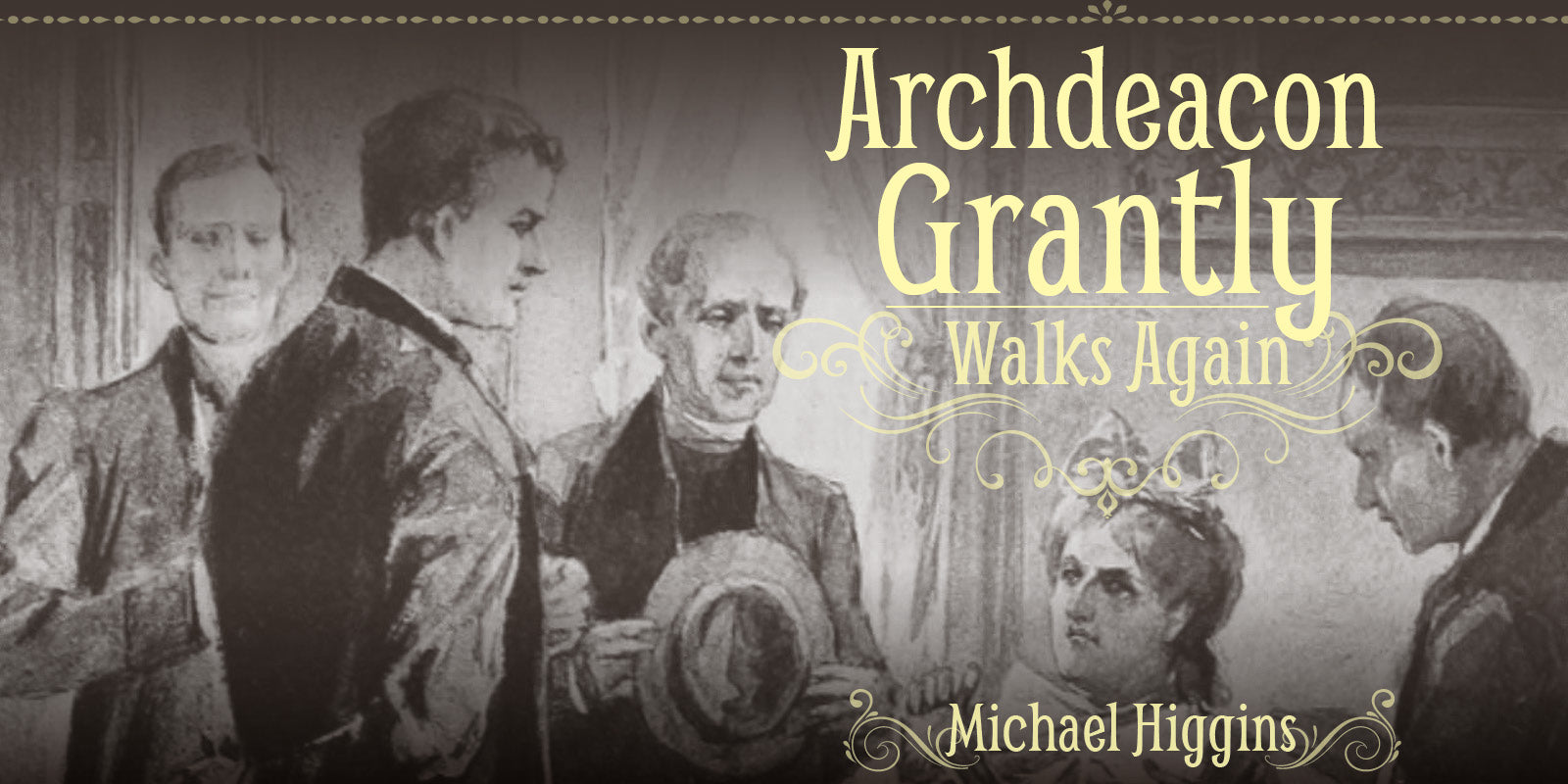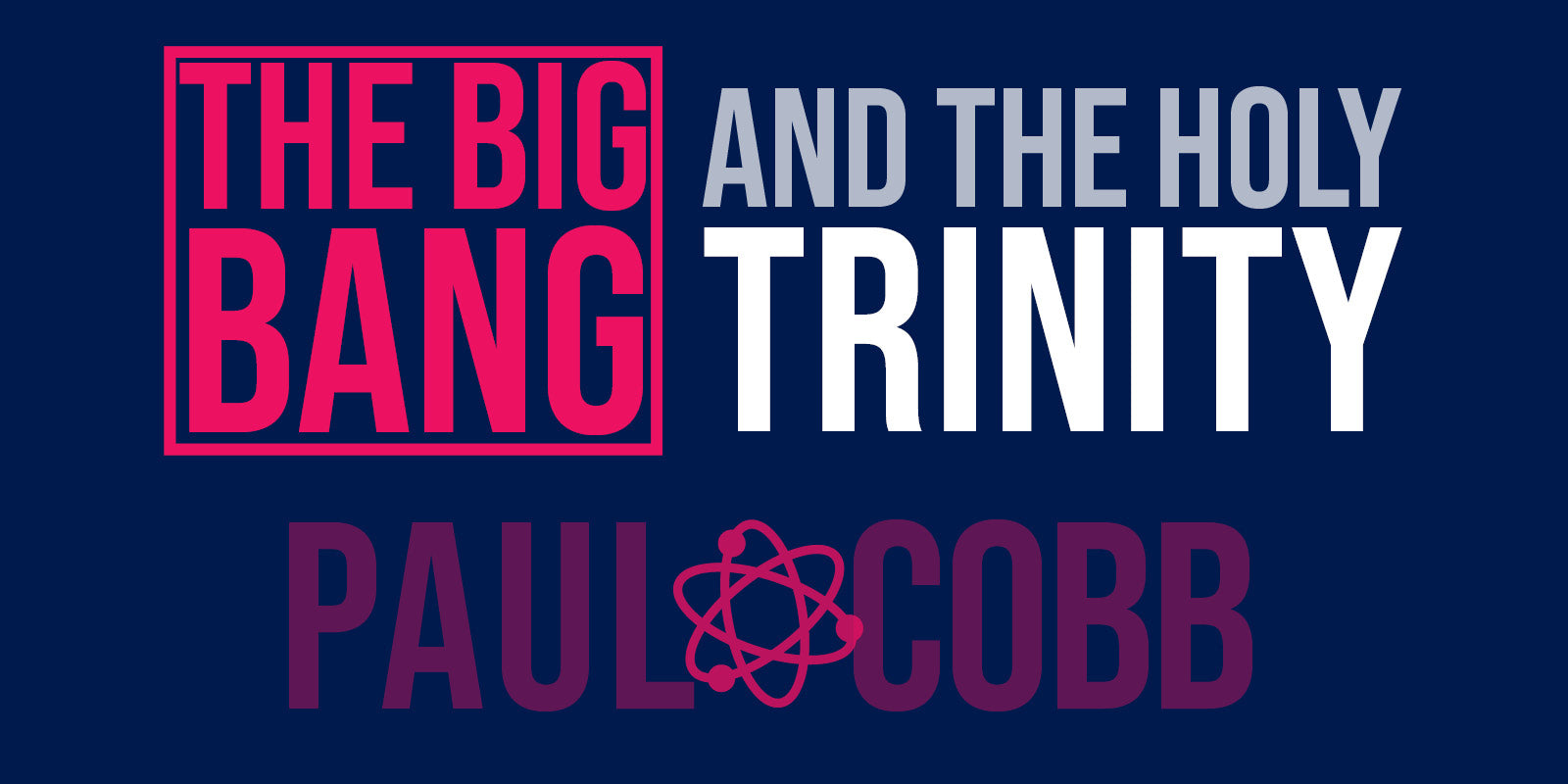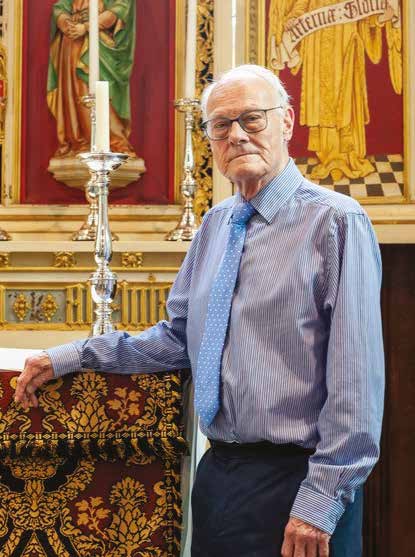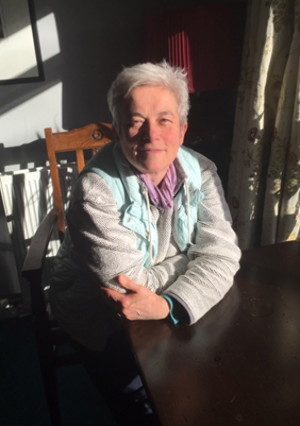 GUEST BLOG: The consequence of this global crisis will be a new-found respect for the natural world, suggests Frances Ward.
GUEST BLOG: The consequence of this global crisis will be a new-found respect for the natural world, suggests Frances Ward.
It’s six weeks or so since Like There’s No Tomorrow was published—and as we celebrated at the launch at St Chad’s College in Durham, who would have thought that we would see such an extraordinary lockdown, with the whole world afflicted by Coronavirus. We struggle with the impact of Covid-19, physically distancing ourselves from others, some in isolation, all trying to keep social connection alive. We learn of the difficulties of others, and cope ourselves, with anxiety and worry about our financial situation, or we have to put on hold operations or therapy. We find ourselves unable to attend the funerals of loved ones.
Like There’s No Tomorrow anticipates a world where climate crisis begins to impact seriously on life as we know it—and one way in which that happens is through disease and pandemic.
There are books galore now to enjoy—Bob Gilbert’s Ghost Trees; Richard Powers’ The Overstory. With trees so much in focus, let us imagine. Imagine their long, slow view of humanity as we face into this pandemic, its short- and long-term impact. Imagine their consideration of this crisis with their knowledge of time. For trees are young at 300 years.
They know about disease. For pandemics hit trees too: you might remember the devastation of Dutch Elm Disease in the 1970s. You perhaps will know of Acute Oak Decline, which can kill a mature oak in four or five years, or Ash Die Back—currently travelling through the British Isles. Trees know about pandemics.
We live in a global world—a globalized world—where diseases ravage, much as they did when Europeans first landed in the US, and the common cold carried off millions of native Americans. As humanity encroaches on former virgin areas, so we lay ourselves open to disease. In January 1996, Ebola jumped species from chimpanzees, killing the majority of a village on the banks of the Ivindo River, in northern Gabon.
Perhaps now is the time to re-assess our moral, civil, social, political and economic orders. Perhaps we won’t have any choice, as the reset button is pushed for us. When we return to “normal”, it can be a different normal—a greener normal. Perhaps now is the time to challenge unquestioning belief in growth; the commodification of everything; turning everything to monetary value. We can change our relationship with the world of trees and other living creatures. We must stop our rapacious exploitation and start to appreciate that we are dependent on the natural order around us, intertwined with the environment we seem hell-bent on destroying.
I would suggest that one of the consequences of this global crisis is that we need to start respecting, and listening, to the natural order.
Let’s start with trees. Let’s listen—more sensitively, more acutely, more profoundly. We can turn to the Anglo-Saxon poem The Dream of the Rood, in which the cross itself speaks of its experience as it bore our Saviour through his life-giving death. In the seventeenth century an anonymous writer conceived of a vision of Jesus Christ as an apple tree whose fruit brings personal salvation. And today, there’s a lot of really interesting research that has emerged over past decades, on how trees can communicate. They can hear, feel pain, and let other trees know of danger.
Ruth Valerio, in her 2020 Lent book Saying Yes to Life asks the question: Do Trees Scream? (p. 70). She draws on a book by Peter Wohlleben: The Hidden Life of Trees: which in turn draws on the research of Suzanne Simard. Simard showed that hub trees, or “mother trees”—the largest trees in forests—will act as central hubs for vast below-ground fungal networks. A mother tree supports seedlings by infecting them with fungi and supplying them the nutrients they need to grow. She discovered that mother Douglas Firs will provide carbon to help baby firs flourish, and will also change their root structure to make room for them. Wohlleben has developed this research to show that trees do indeed scream at ultrasonic levels: “when trees are really thirsty, they begin to scream”. A depleted flow of water from root upwards will cause the trunk to vibrate, which could be taken to be cries of thirst (p. 48).
You may well be sceptical. Richard Powers engages that scepticism head on in his novel The Overstory, where one of the characters, Patricia Westerford, is based on Suzanne Simard. Her reputation is destroyed by fellow scientists who rubbish her research—though eventually, she is vindicated—and now—in fact and fiction—it is widely accepted that yes, Trees do talk, cry, speak and scream. Wohlleben describes it as a wood-wide web—a vast community of interconnection between trees that enables them to communicate through a network of fungal mycelium that exchange nutrients, help neighbours in times of need, and enable trees to pass on information about insects, droughts and other dangers.
Ruth Valerio tells how trees communicate with each other above ground too. She describes how when a giraffe starts feeding on a particular umbrella thorn acacia, that tree sends up ethylene as a warning gas to other trees in the vicinity. Immediately they pump giraffe-repelling toxins into their leaves that force the giraffes away (p. 48).

There is so much here that we need to contemplate. This current pandemic is urging us, I would argue, to listen. To listen to the natural world around us. To send our own tap roots deep into the soil so we learn a different pace of life, a different attention; different ways to survive and flourish.
We need to listen. For trees are suffering. The tree encourages us to give attention to the natural world around, now so disordered by human activity. We hear the screams of trees as they are burned, slashed, destroyed, and we know that if Jesus died for us all, he died for all—not just humanity, but also the natural world on which we depend for our very existence.
The ancient dream of humanity living in harmony with the natural world is far from the case today. The trees of the world are being destroyed at a chilling pace. Deforestation continues at an alarming rate, with over half the world’s tropical forests destroyed since the 1960s. Trees are disappearing in the Congo Basin—for subsistence farming. In South America—for cattle ranching for beef. In Asia tree destruction is led by the market for palm oil. In Siberia, wildfires have raged, as they have in Australia, in the USA and Africa. In the Amazon at the rate of a football pitch every minute. There are unprecedented wildfires to clear the land, with a president who has relaxed legislation to open the Amazon up for agriculture and mining. These are forests that soak up CO2.
Deforestation causes drought, and these have led to the loss of more trees, causing more droughts. Environmental devastation is bad enough. With it comes also poverty and violence against indigenous communities. All this amounts to the destruction of biodiversity. Worsening climate change. Disturbance of global water cycles. Lives and livelihoods disrupted. Human rights abused. We need to change the way we listen. We need to change our ways of life.
Let’s make this current pandemic a wake-up call.
Like There’s No Tomorrow can help us respond in lament and hope for the future.
Frances Ward is a freelance theologian, researcher and writer, preacher, speaker and teacher. She is half-time Priest in Charge of St Michael's and St John's Churches in Workington, Cumbria. From 2010–2017 she was the Dean of St Edmundsbury in Suffolk, a member of the General Synod and a Trustee of the Church of England National Society. From 2006–2010 she was a Residentiary Canon at Bradford Cathedral, engaged in inter-faith work with Muslim women.
In her new book, Like There’s No Tomorrow, Ward shows how Christians can live and act with hope and faith in God in the face of eco-anxiety. Get your copy today.
